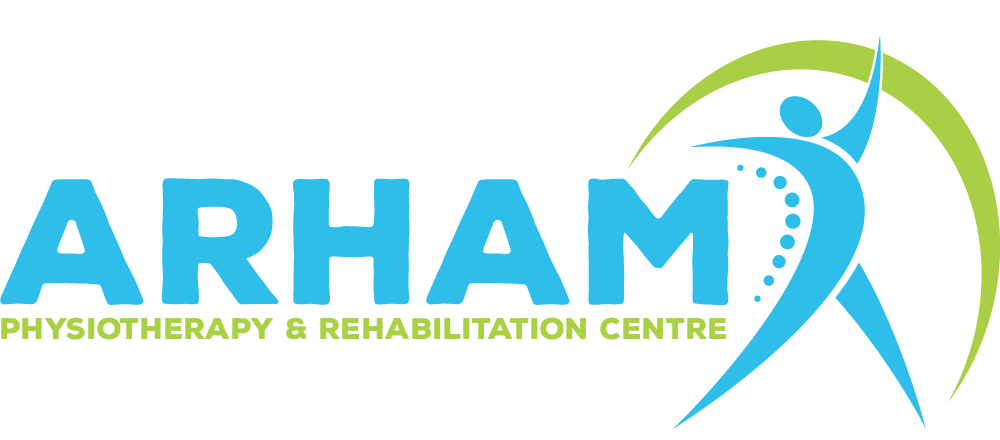Understanding Cerebral Palsy: Types and Diagnosis
A neurological condition called cerebral palsy (CP) affects posture, muscular tone, and mobility. It is the most prevalent motor handicap in children, typically resulting from damage to the developing brain or aberrant brain development prior to birth. Understanding the types and diagnosis of cerebral palsy is crucial for early intervention and management.
Types of Cerebral Palsy
Cerebral Palsy is categorized into several types based on the nature and location of the movement issues.
Spastic Cerebral Palsy: (H3)
This is the most common type, accounting for about 70-80% of cases. Stiff muscles and awkward movements characterize it due to increased muscle tone. Spastic CP is further classified into:
Spastic Hemiplegia/Hemiparesis: impacts either the left or right side of the body.
Spastic Diplegia/Diparesis: Primarily affects the legs, with less severe impact on the arms.
Spastic Quadriplegia/Quadriparesis: Affects all four limbs and is often associated with severe brain damage.
Dyskinetic Cerebral Palsy:
This type involves problems controlling movement, leading to involuntary and uncontrollable movements. It includes:
Athetoid CP: Characterized by slow, writhing movements.
Choreoathetoid CP: Features irregular, jerky movements.
Dystonic CP: Marked by repetitive, twisting movements and distorted postures.
Ataxic Cerebral Palsy:
The least common type, ataxic CP, affects balance and coordination. Individuals with ataxic CP often have unsteady, shaky movements and difficulty with tasks requiring precise coordination, such as writing.
Mixed Cerebral Palsy:
Some individuals exhibit symptoms of more than one type of CP. The most common combination is spastic-dyskinetic CP.
Diagnosis of Cerebral Palsy
Diagnosing cerebral palsy involves a combination of medical history, physical examinations, and various diagnostic tests. For the illness to be adequately managed, early diagnosis is essential.
Medical History and Physical Examination: In addition to evaluating the child’s medical history, including prenatal and delivery information, doctors will perform a comprehensive physical examination to evaluate the child’s motor abilities, muscular tone, and posture.
Developmental Monitoring: Regular check-ups help monitor the child’s development and identify any delays in reaching motor milestones, such as sitting, crawling, or walking.
Brain Imaging Tests:
Magnetic Resonance Imaging (MRI): Provides detailed brain images to identify abnormalities or damage.
Cranial Ultrasound: This procedure, which is frequently performed on high-risk neonates, creates images of the brain using sound waves.
Computed Tomography (CT) Scan: This scan offers cross-sectional images of the brain to detect damage or structural issues.
Electroencephalogram (EEG): If seizures are suspected, an EEG may be conducted to record the brain’s electrical activity.
Laboratory Tests: Blood testing can be used to rule out other illnesses and determine possible etiological factors for symptoms.
Genetic Testing: In certain instances, genetic testing could be advised to find any underlying genetic disorders causing the symptoms.
Importance of Early Intervention
Timely care following an early diagnosis of cerebral palsy can greatly enhance the quality of life for those who are affected. Early intervention programs can help with developmental problems as well as cognitive, motor, and communication skills. They may involve physical therapy, occupational therapy, speech therapy, and educational support.
FAQS:
Que: What is cerebral palsy?
Ans: Cerebral palsy (CP) is a collection of neurological conditions that impair posture, mobility, and muscle tone. These conditions are frequently brought on by abnormalities in the development of the brain.
Que: What are the different types of cerebral palsy?
Ans: There are four main types of cerebral palsy:
Spastic Cerebral Palsy: Characterized by stiff muscles and awkward movements.
Dyskinetic Cerebral Palsy: Involves involuntary and uncontrollable movements.
Ataxic Cerebral Palsy: Affects balance and regulation.
Mixed Cerebral Palsy: multiple types of symptoms, most often spastic-dyskinetic.
Que: How is cerebral palsy diagnosed?
Ans: Diagnosis involves a combination of medical history review, physical examination, developmental monitoring, brain imaging tests (MRI, cranial ultrasound, CT scan), EEG, laboratory tests, and genetic testing if needed.
Que: Why is early diagnosis of cerebral palsy important?
Ans: Timely intervention can greatly enhance quality of life by addressing developmental delays and improving motor skills, communication, and cognitive capacities through various therapies. This can be made possible by early diagnosis.
Que: What common signs may indicate a child has cerebral palsy?
Ans: Signs include delays in reaching motor milestones (such as sitting, crawling, or walking), stiff or floppy muscle tone, uncontrolled movements, and difficulties with balance and coordination. If you observe these symptoms, get an assessment from a medical expert.
Conclusion:
Understanding the types and diagnosis of cerebral palsy is essential for effective management and support. While cerebral palsy presents lifelong challenges, early intervention and tailored treatment plans can help individuals lead fulfilling lives. If you suspect that your child may have cerebral palsy, Speak with a medical expert for a comprehensive assessment and advice on what to do next.
